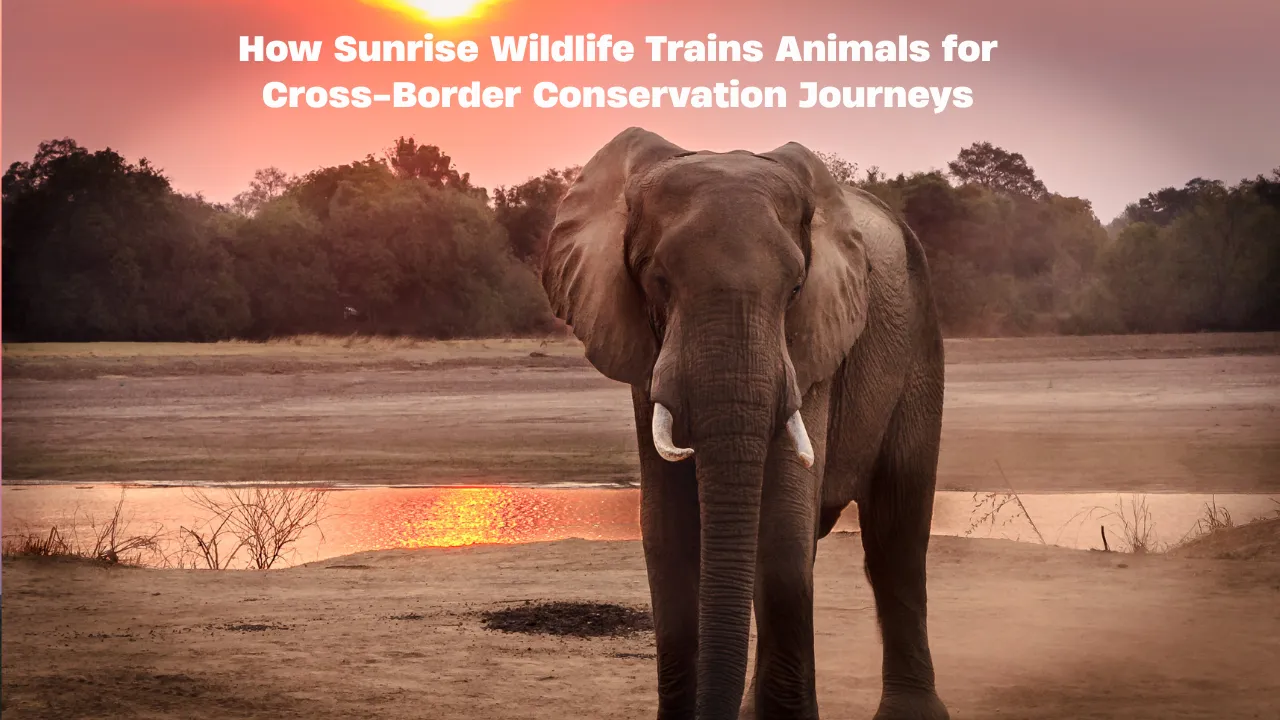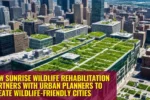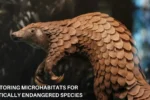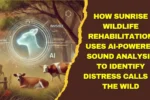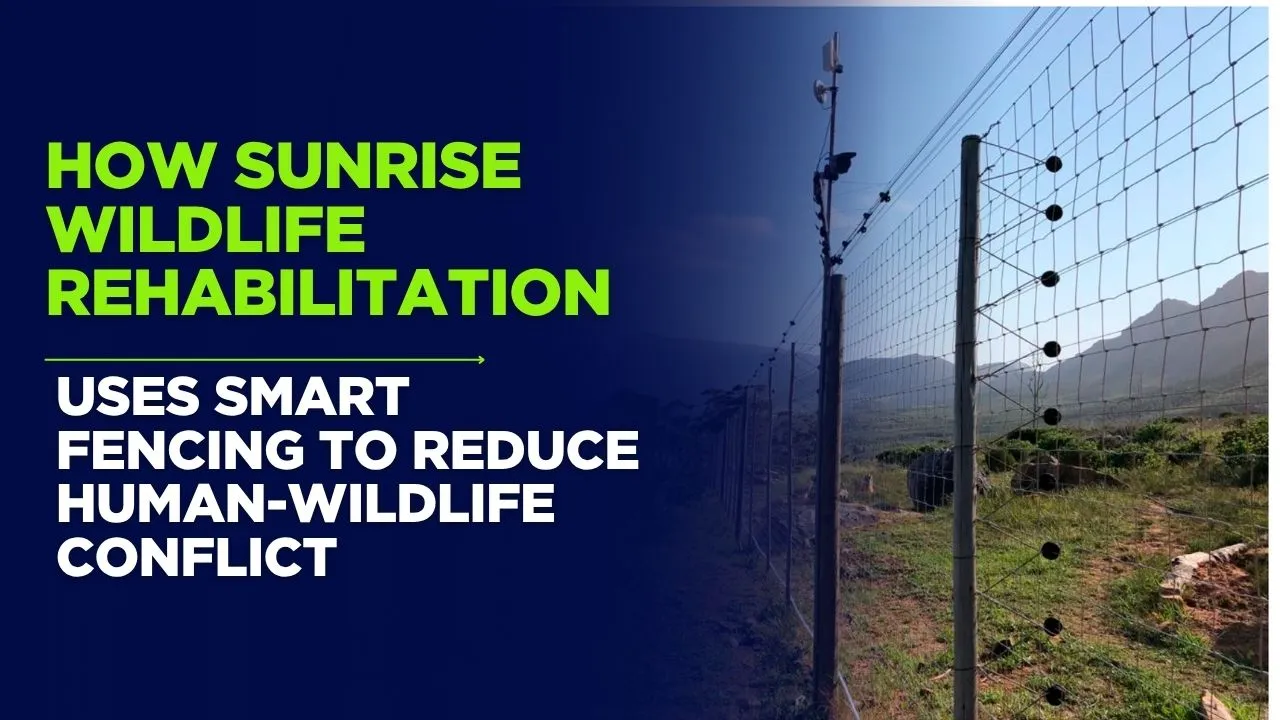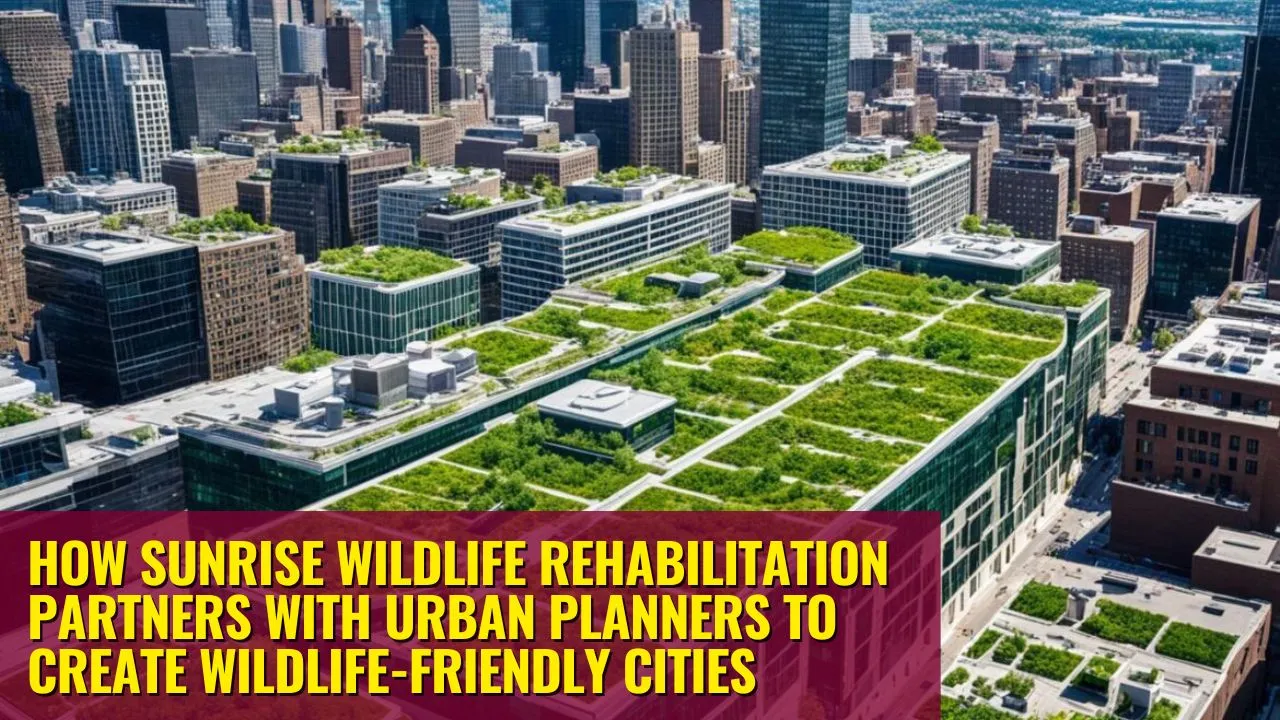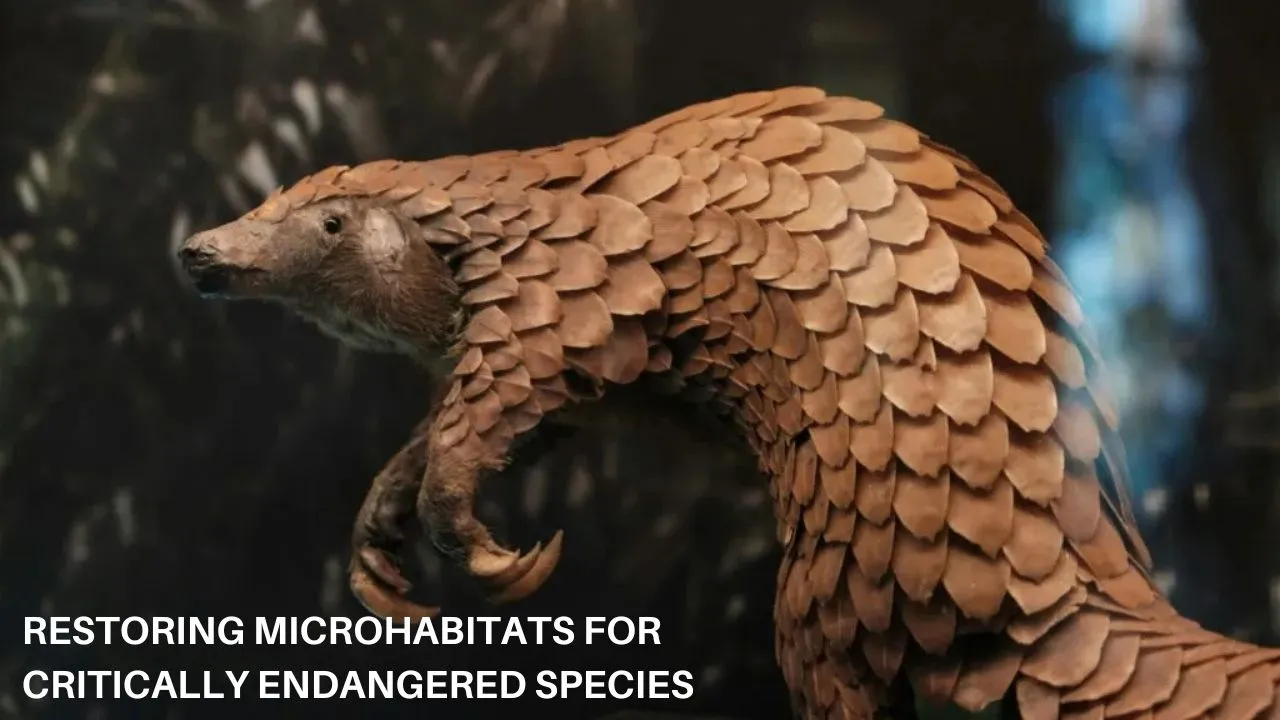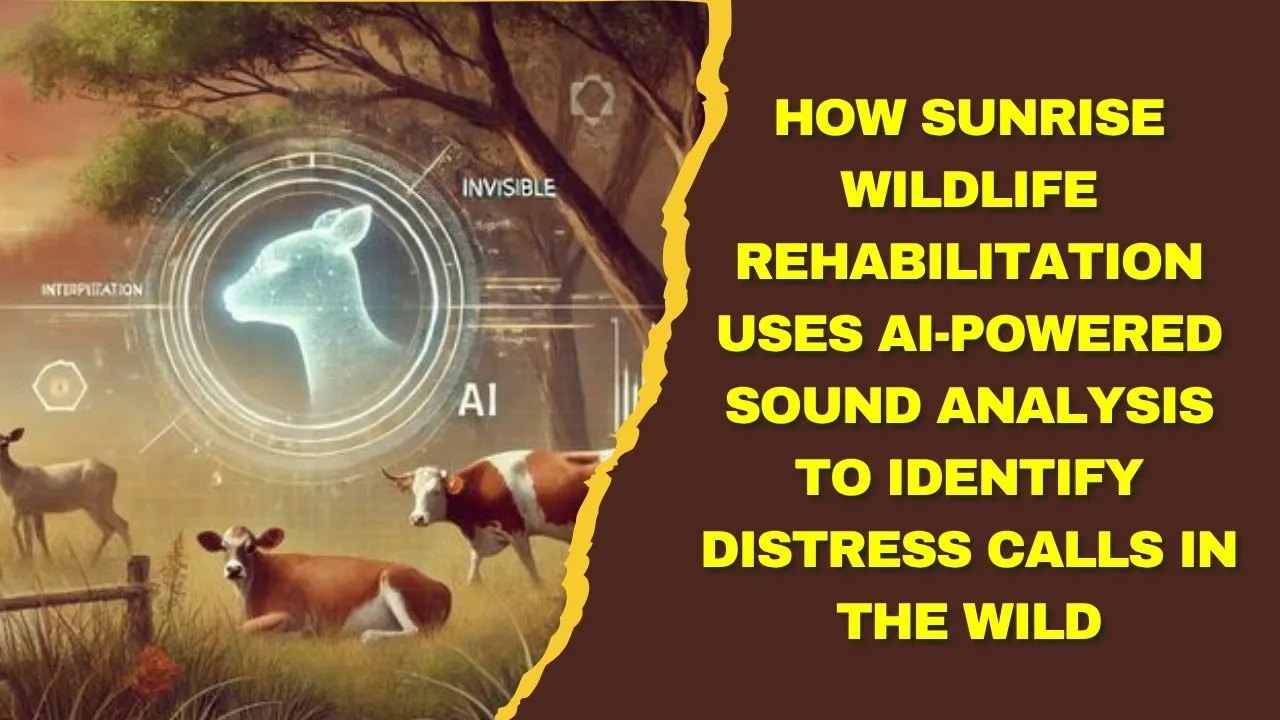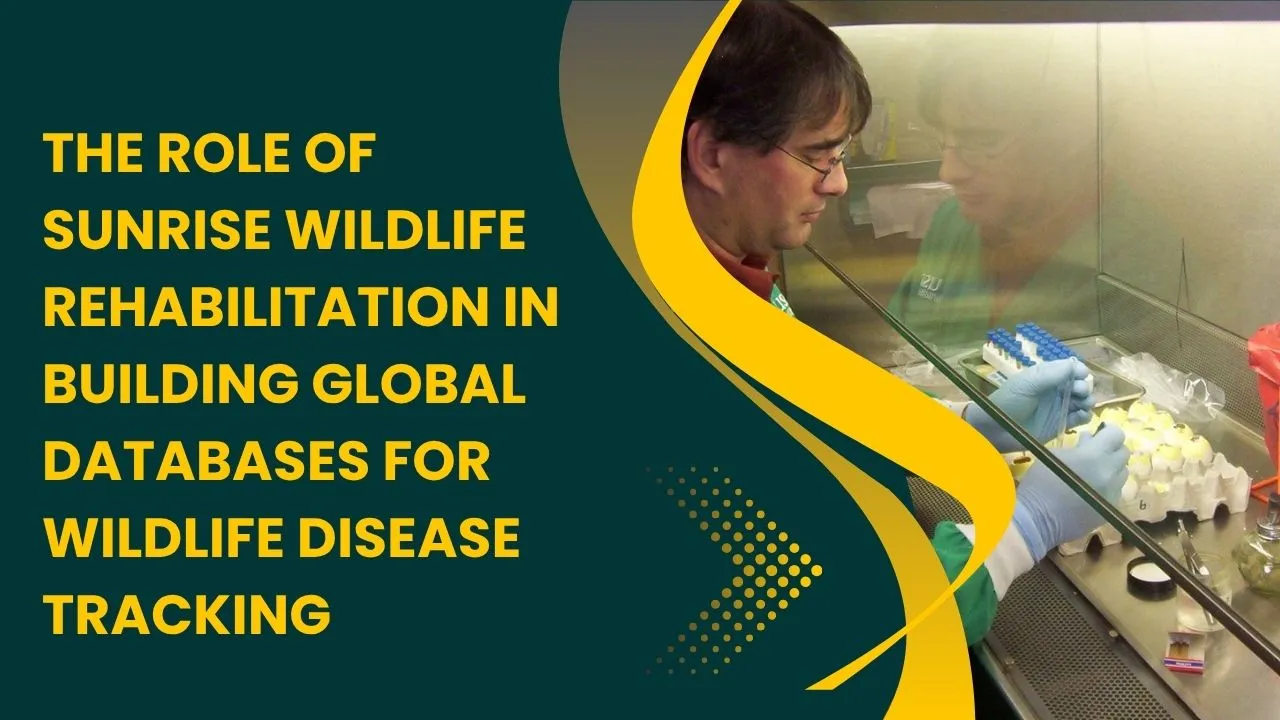How Sunrise Wildlife Prepares Animals for Cross-Border Conservation Relocations is a story of precision, care, and dedication to the survival of species. Relocating wildlife across borders is far more than a simple move. It’s a carefully coordinated effort involving veterinarians, biologists, transport specialists, and international partners. For Sunrise Wildlife, these relocations aren’t just logistics — they are missions to protect species at risk and restore the delicate balance of ecosystems.
This article takes you behind the scenes of how Sunrise Wildlife plans and executes these complex moves. From pre-departure health protocols to habitat acclimatization, from legal permissions to post-release tracking, every stage is built to maximize animal safety and conservation impact. You’ll also discover why such relocations are becoming essential tools in global wildlife protection.
How Sunrise Wildlife Prepares Animals for Cross-Border Conservation Relocations
When Sunrise Wildlife takes on a relocation project, the focus is always on the animal’s welfare and the long-term success of the move. Each operation begins with a thorough assessment — identifying the species that need transfer, the most suitable release sites, and the specific requirements for safe travel. The organization works closely with local communities, governments, and international conservation groups to ensure every detail is handled. This approach not only minimizes stress for the animals but also increases their chances of thriving in the new habitat. By combining advanced science with hands-on care, Sunrise Wildlife has become a trusted leader in cross-border animal relocation.
Understanding Cross-Border Animal Relocations
Cross-border animal relocations are carried out for multiple conservation reasons. In many cases, endangered species need to be reintroduced into regions where their populations have declined. Other times, animals are rescued from conflict zones, illegal captivity, or habitats destroyed by climate change.
For Sunrise Wildlife, the process always starts with deep research. Experts study the destination’s ecosystem, available food sources, climate patterns, and the presence of any threats such as predators or human activity. This ensures the relocation is not just an act of rescue but a step toward long-term survival and reproduction in the wild.
Health and Safety Preparations
Animal health is the foundation of every relocation. Before departure, Sunrise Wildlife’s veterinary team conducts a full medical examination for each animal, including:
- Physical health checks for signs of injury or disease
- Blood tests to screen for infections or parasites
- Preventive treatments like vaccinations and deworming
These steps protect both the relocated animal and the destination ecosystem from disease transmission. If an animal shows any health concerns, relocation is delayed until it’s fully recovered. This method reflects the organization’s priority: the animal’s safety comes before the schedule.
Legal and Documentation Process
Relocating wildlife internationally involves strict regulations. Sunrise Wildlife ensures every step meets both national and international laws. The paperwork often includes:
- Export and import permits from wildlife authorities
- Veterinary health certificates
- CITES (Convention on International Trade in Endangered Species) documents for regulated species
By building strong relationships with customs and border officials, Sunrise Wildlife streamlines the process, reducing delays that could stress the animals. Compliance is non-negotiable, as it safeguards both the animals and the integrity of the program.
Training Animals for the Journey
Travel can be stressful for wild animals, so Sunrise Wildlife incorporates behavioral preparation into the process. This includes:
- Familiarizing animals with travel crates or holding pens
- Using positive reinforcement to reduce fear and anxiety
- Gradually increasing the time animals spend in enclosures before the trip
This training ensures the animals are calmer and less likely to injure themselves during transit. For species like elephants, rhinos, and large cats, this step is critical to maintaining safety for both the animal and the transport team.
Choosing the Right Transportation
Selecting the right mode of transportation is essential. For shorter relocations, Sunrise Wildlife may use specialized trucks with climate control and cushioned flooring. For longer distances, air transport is often necessary, with cargo planes equipped to maintain comfortable temperatures and ventilation.
Every transport team includes trained animal handlers who monitor the animal’s behavior and well-being. Any signs of distress are addressed immediately, whether it’s adjusting ventilation, reducing noise, or making extra stops for rest.
Habitat Simulation Before Release
A standout feature of Sunrise Wildlife’s process is habitat simulation. Before the move, animals spend time in an environment similar to their future home. For example, antelopes might graze in an open grass enclosure, while tropical birds may be housed in a densely planted aviary.
This step helps animals adapt faster to new surroundings, increasing survival rates. It also gives caretakers a chance to observe the animal’s readiness for the transition.
Post-Relocation Monitoring
Once animals are released, Sunrise Wildlife continues to track their progress. This post-relocation monitoring can last months or even years. Methods include:
- GPS collars for tracking movement and range
- Camera traps for behavioral observation
- Field visits to assess feeding, health, and reproduction
If issues arise — such as difficulty finding food — the team intervenes with targeted support. This ongoing care ensures that relocation leads to a stable and sustainable wild population.
Key Challenges in Cross-Border Relocations
Even with the best planning, challenges are inevitable. Two of the most significant are:
- Climate differences — Moving an animal from a cooler region to a hotter one (or vice versa) requires gradual acclimatization.
- Human-wildlife conflict — In new environments, animals may wander into human settlements, which requires education and prevention programs for local communities.
Sunrise Wildlife addresses these by working closely with ecologists and community leaders to minimize risks before they occur.
Why This Work Matters
Relocating animals across borders isn’t just about saving individuals — it’s about protecting entire species and ecosystems. Without such programs, many animals would face extinction due to habitat loss, illegal hunting, or environmental changes.
By bridging the gap between countries, Sunrise Wildlife helps rebuild biodiversity, strengthen genetic diversity in small populations, and promote international cooperation for conservation.
Quick Facts About Sunrise Wildlife’s Relocation Program
- Operates in over 10 countries worldwide
- Specializes in endangered and vulnerable species
- Uses only humane, low-stress transport methods
- Works with governments, NGOs, and local communities
- Monitors relocated animals for at least 12 months
FAQs
1. Why are cross-border animal relocations necessary?
They are essential for restoring wildlife populations, rescuing animals from danger, and ensuring species survival in suitable habitats.
2. How does Sunrise Wildlife reduce stress during relocation?
By using gentle handling, habitat simulation, climate-controlled transport, and constant monitoring.
3. What laws control these relocations?
International treaties like CITES and national wildlife regulations govern the legal movement of species across borders.
4. How long does post-relocation monitoring last?
Monitoring can range from several months to multiple years, depending on the species and environmental conditions.
5. Can individuals support these programs?
Yes. People can help through donations, volunteering, and spreading awareness about wildlife conservation.
Final Thought
Sunrise Wildlife’s cross-border relocation work is proof that conservation is a global responsibility. Every relocation is a blend of science, compassion, and collaboration, aimed at giving animals the best chance to thrive. Their efforts show that when we remove political boundaries from our thinking, we can create safer futures for species in danger. By sharing their story and supporting their mission, you contribute to a movement that keeps wildlife not only alive but free and flourishing.
